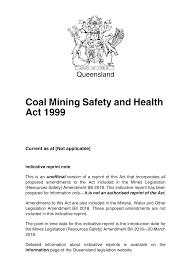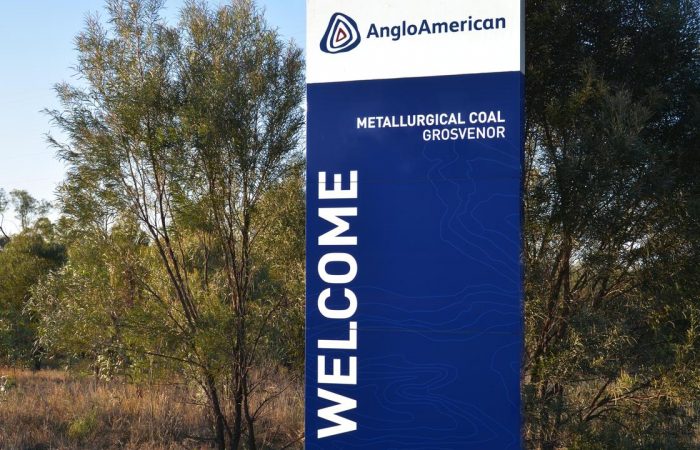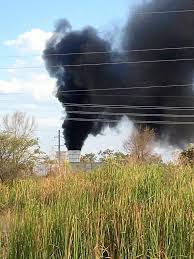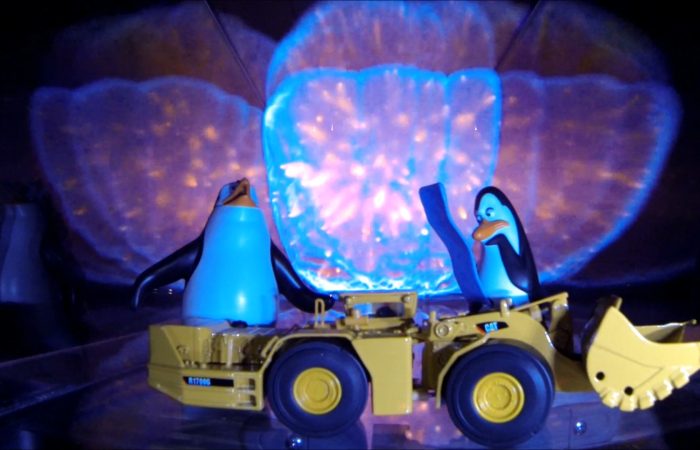
GROSVENOR INQUIRY KEY ISSUE 6 SUBMISSION 3 . New CMSHA 1999 Recognised Standards Required
GI Submission 3 Key Issue 6 New CMSHA Recognised Standards
The 9 page Submission is the the above link.
Excerpts are below
GROSVENOR INQUIRY SUBMISSION 3 KEY ISSUE 6 New Recognised Standards Required
The measures which ought to be considered or investigated for the purpose of avoiding a similar serious accident occurring in the future.
RECOMMENDATIONS
- IMMEDIATE ADOPTION as a CMSHA 1999 of NSW Recognised Standard MDG 1006-Technical Reference Technical Reference for Spontaneous Combustion Management Guideline
- Immediate Development of a CMSHA 1999 Recognised Standard for Monitoring for Spontaneous Combustion including Key risk areas the longwall tailgate corner, pressure control around the goaf and goaf sealing.
- Immediate Development of a CMSHA 1999 Recognised Standard for Monitoring for Spontaneous Combustion in Open Cut Coal Mines
- Immediate Development of a CMSHA 1999 Recognised Standard for gas drainage planning, implementation, monitoring
- Immediate Development of a CMSHA 1999 Recognised Standard Underground Mine Design.
- Review of Gas Monitoring Regulations to Ensure they adequately deal with both Longwall and Bord and Pillar Operations.
REFERENCES
- “A REVIEW of VENTILATION and GAS MANAGEMENT in UNDERGROUND MINES” By B Robertson FAusIMM(CP), Consulting Mining Engineer and A Self MAusIMM, Principal, ACMC Pty Ltd
2. DNRME MRE 11th FEBRUARY 2016 Structured Inspection on ventilation standards at Grosvenor Mine.
3. AUSTRALIAN MINING CONSULTANTS GROSVENOR MINE VENTILATION and SPONTANEOUS COMBUSTION REVIEW
4. GROSVENOR MINE INQUIRY TESTIMONY OF ANDREW SELF
1) “A REVIEW of VENTILATION and GAS MANAGEMENT in UNDERGROUND MINES”
Key risk areas are the longwall tailgate corner, pressure control around the goaf and goaf sealing. Similarly, there are shortcomings in the way that inertisation is applied in practice. It is recommended that guidelines for best practice management be developed for these issues.
The ventilation officer (VO) is a key statutory official at mines and has a large responsibility in assuring safety. However, it is apparent that in many instances, the ability of the VO to fulfil the obligations of the role are compromised by a number of factors.
The tragic confirmation of a number of coal worker’s pneumoconiosis (CWP) cases in Queensland highlights a management systems failure. Whilst investigations are still in progress it is clear that a major overhaul of dust hazard management is required.
Ventilation Control Devices
Ventilation Control Devices (VCDs) are regulated in both states but the survey identified a need for some improvements in relation to fitness for purpose. It is proposed that functional requirements analysis be conducted on surface and underground VCDs, as well as fan infrastructure, to identify design and regulation changes that would improve designs.
Specific hazards
Initiatives were identified for a number of specific hazards: spontaneous combustion, outbursts, heat management and lightning strike. Whilst there are existing, mature controls for spontaneous combustion and outburst hazards, the scale of risks and cost-effectiveness of controls for these hazards warrants ongoing improvements.
Heat risk is mainly confined to central Queensland mines, but expected increases in exposure with depth and intensity calls for best practice controls to be implemented. The risks of lightning strike are poorly understood and controls are w
2) DNRME MRE 11th FEBRUARY 2016 Structured Inspection on ventilation standards at Grosvenor Mine.
2.3.0 Regulation 342 Reports by VO
Monthly Ventilation report
Report on all changes as they happen
I viewed a copy of the minutes of the weekly mine atmosphere meeting. Longer term strategy is discussed every second week. I was provided with the model ventilation options presentation for LW 101 and the presentation for the weekly atmosphere meeting 16/02/11.
Signed by VO and UMM, or his substitute in his absence and put in the Mine Record
A copy was seen of the December 2015 report and signed by VO and UMM 8/1/16 and 14/1/16 respectively.
There is a Six (6) day gap between VO and Mine Manager signing off.
3.0 Close-out Comments
The Mine has a robust well documented system. A small sample of the system was examined with, in most cases practical evidence of effective implementation.
The Mine is relatively uncomplicated at present but it is anticipated that the future will present more challenging conditions especially in regard to working temperatures and effective pre-drainage of methane from Goonyella Middle seam and surrounding strata.
3) AUSTRALIAN MINING CONSULTANTS GROSVENOR MINE VENTILATION and SPONTANEOUS COMBUSTION REVIEW
2 Relevance to the Explosion
The occurrence of a methane exceedance HPI indicates difficulty in managing methane and loss of control to some extent.
A methane-air mixture is non-explosible at less than 5% methane concentration. Hence an HPI represents a reduction on the factor of safety between normal methane concentration, say less than 2% concentration, preferably closer to 1% concentration, to higher than 2.5% methane concentration.
Hence, whilst an HPI does not necessarily mean that an explosible methane concentration has entered the longwall face, it indicates a reduction in factor safety.
4.2 Relevance to the Explosion
The Grosvenor ventilation system has a high capacity, approaching 450 m 3/s at the main fans at approximately 2.5 kPa, which is at the upper end of the ventilation system performance in terms of airflow quantity in Australian underground coal mines.
The main fan pressure is midrange for a Queensland longwall mine.
The main relevance to the explosion is the fact that the perimeter road at Grosvenor is supplied with airflow via a shaft on intake ventilation pressure. It is understood that the primary reason for this was to allow cooling to be applied to the longwall intake airflow.
This will be discussed in a later section in this report with relevance to the management of the methane gas fringe and spontaneous combustion risk.
8.3 Relevance to the Explosion
The ventilation system design is essentially conventional and of high capacity. The relevance of the ventilation system design to the nature and cause of the incident is considered to be negligible.
9.3 Relevance to the Explosion
The relevance to the ventilation survey and report to the incident is considered to be negligible.
The May 2019 ventilation simulation report by Dallas Mining indicates that the as received simulation i.e. prior to the survey and update was out of calibration by 69%.
This seems unlikely, it may be a matter of how the out of calibration number was calculated.
In conclusion, the ventilation model was in need of an annual update and this was most likely planned.
The model had drifted out of calibration to an expected degree.
10.4 Relevance to the Explosion
The relevance of the ventilation simulation to the incident is considered to be negligible
4) GROSVENOR MINE INQUIRY ANDREW SELF TESTIMONY
There is a wide variation in the understanding and management of goaf atmospheres and there are also inconsistent approaches to management and few guidelines.


